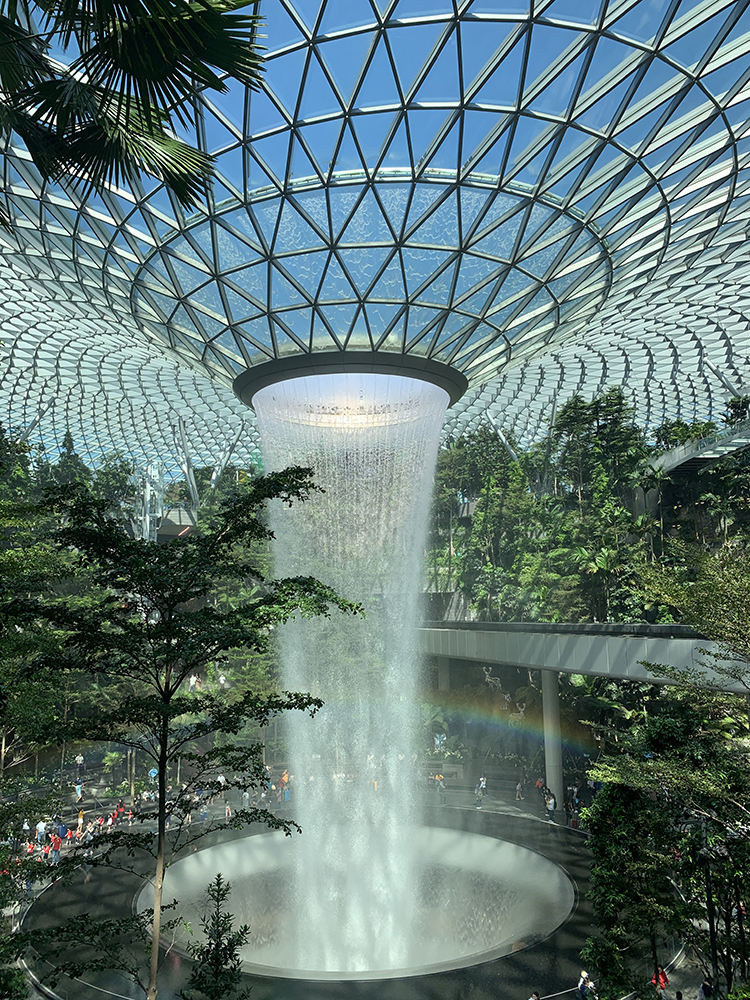Jonathan Mui - Singapore
My global programs project brought me to SingHealth Experimental Medicine Centre (SEMC) and the National Large Animal Research Facility (NLARF). SEMC and NLARF represent Singapore's most comprehensive animal facilities, which are able to tackle the needs and expectations of animals used in research. As an AAALAC International accredited research facility, SEMC and NLARF are fully equipped and licensed to teach proper research protocol and procedures. SEMC and NLARF both play a critical role in the advancement of translational and research medicine used for human patients at Singapore's main governing health body, SingHealth. As Singapore continues to be a major hub for technology and innovation in the medical field, SEMC will continue to support researchers and help grow Singapore's research sector with translational medicine.
NLARF is able to accommodate many species of animals such as pigs, Non-human primates (NHPs), and bats needed for research studies. NLARF ensures that the health and welfare of each and every animal is being accounted for following standards set by the USA and international governing bodies. Routine health checks to ensure animal population health, parasite screening, pregnancy ultrasounds, and feeding were all aspects of this experience that made it such a memorable experience. In my work with laboratory animal medicine and animal research, I was able to see firsthand the direct impacts of veterinary care and how animal health is directly tied. Being able to handle whole colonies and being responsible for the health of these animals, and many of the diseases affecting them has imparted the need for veterinary care within research.


Animals such as NHPs are laying the foundations for understanding aspects of neuroscience and human physiology, and without proper medical care, these discoveries would never be possible. Without the veterinary side of laboratory animal research, some procedures would not be possible, helping to bridge a safe way to achieve research goals with these animals. NHPs who are undergoing study need veterinary expertise to anesthetize, monitor, and recover patients. Laboratory animal medicine has shown me the need for animal health and welfare in a research setting, as well as left me with a wavering impression that I can do more. With human health and advancement directly tied to what goes on in a research setting, I want to have this responsibility for animals' health in order to impact future science.


This work with lab animal medicine and animal research has inspired me to continue questioning where veterinary medicine is today. I see firsthand the direct impacts of veterinary care and how it translates into the furthering of scientific discovery. I want to continue asking hard questions pertaining to medicine, using my skills to further excel in animal health and welfare. There is a realization that animals will continue to be used in the advancement of science and medicine. As I experience these opportunities in SEMC and in laboratory animal medicine, I know that the work that we do will continue to make an impact on the lives of Singaporeans and people around the world.
